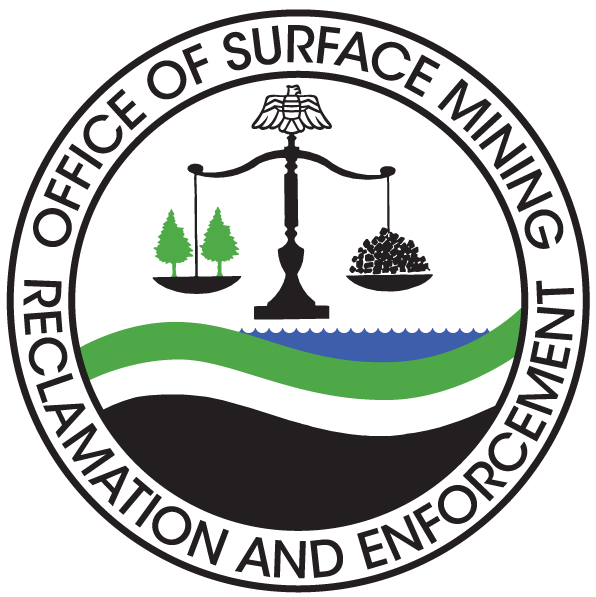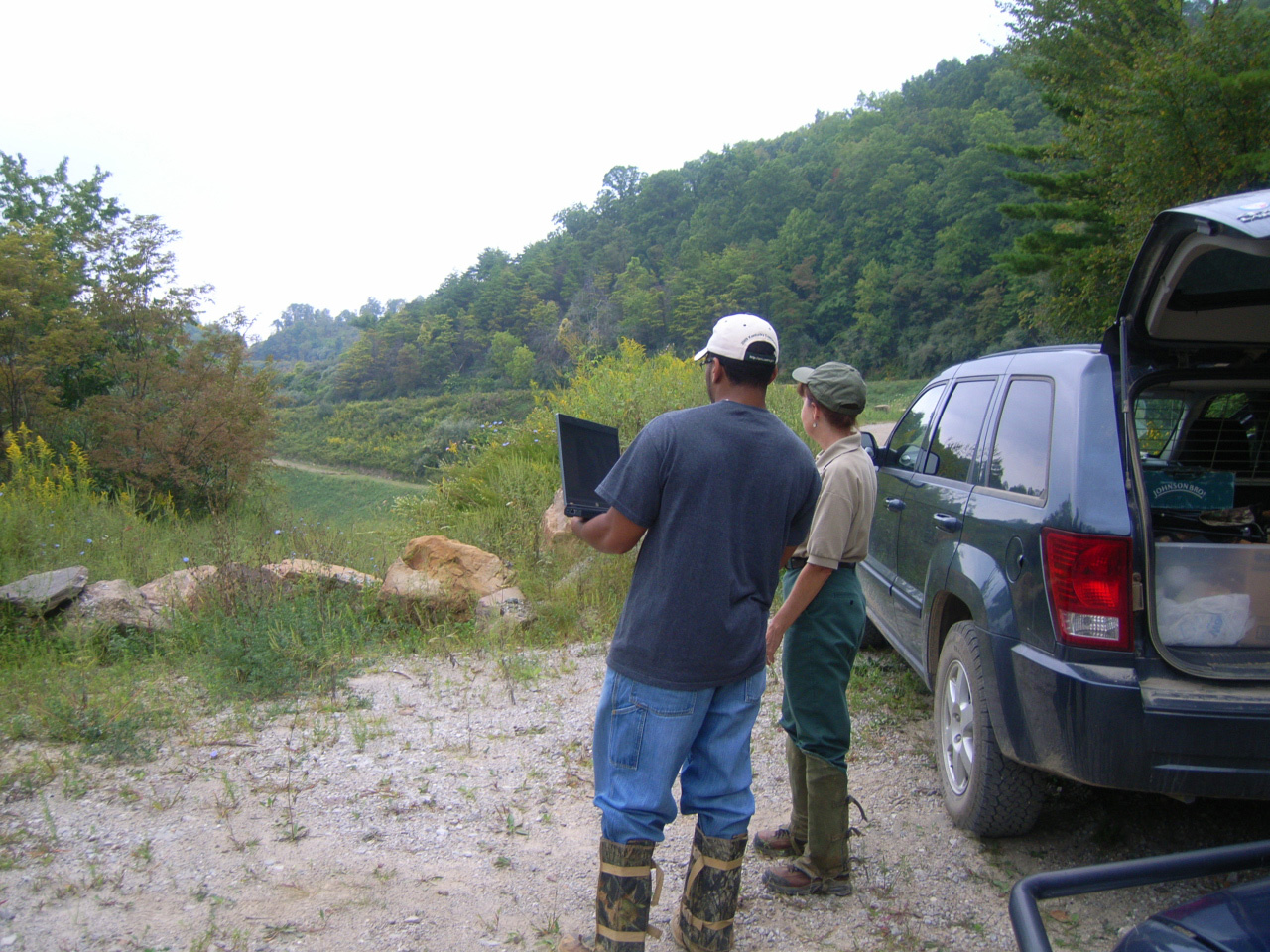National Environmental Policy Act
The National Environmental Policy Act (NEPA) of 1969 (signed into law on January 1, 1970) establishes a basic framework for environmental protection in the United States. The overall purpose of NEPA is to ensure that federal agencies evaluate the potential environmental impacts of their actions and consider the consequences when determining whether or not to proceed with the action. OSMRE must comply with NEPA whenever the bureau proposes to take an action, or authorizes any other entity to take an action, that could possibly affect environmental resources.
The objectives of NEPA include:
- Ensuring that federal agencies consider environmental concerns equally with technical, social and economic concerns, and
- Enhancing public participation in government planning and decision making
For more information regarding NEPA related regulations and the Department of the Interior's NEPA responsibilities, please visit:
Frequently Asked Questions
Frequently asked questions will be updated as needed. Have a question that's not answered below? Contact Christine Allen at ceallen@osmre.gov.
The National Environmental Policy Act (NEPA) (42 U.S.C. §§ 4321 et seq.) is a federal law that directs federal agencies to evaluate potential environmental impacts before making decisions and implementing federal actions.
The purposes of NEPA are to:
- Declare a national environmental policy
- Promote efforts to prevent environmental damage
- Enrich understanding of the ecosystem and natural resources
- Establish the Council on Environmental Quality (CEQ)
Yes. OSMRE’s National Technical Training Program (NTTP) conducts a NEPA Fundamentals Course annually (or biannually depending upon demand). For more information about OSMRE’s Training Program and the NEPA Fundamentals Course, please visit the NTTP website.
Options for NEPA training beyond the NTTP NEPA Fundamentals Course are available upon request. Please check with your OSMRE NEPA Point of Contact.
DOI’s responsibilities and guidance for implementation of NEPA are found on the DOI NEPA website.
What is the rationale for the determination to require all AMLER projects to have an EA even if the activity funded by an AMLER project is identical to an AML project covered by a CE? Is the need for an EA for a project typically covered by a CE just based on the funding source and not the impact of the project?
- Currently, OSMRE CEs cover reclamation work but do not cover economic/community development activities. AMLER projects are required to have an economic/community development nexus that must be assessed as part of the NEPA analysis for the project and because there is not an established CE for AMLER project, an EA is the minimum level of NEPA analysis currently required.
No, however, OSMRE will not issue an ATP until the NEPA analysis is complete. After receiving the State’s/Tribe’s environmental information, OSMRE will determine whether a CE, EA or EIS is warranted and sign (and date) the CE, FONSI or ROD. After OSMRE has signed the CE, FONSI, or ROD, OSMRE will verify that all ATP criteria has been met, and issue the ATP within 14 days.
Yes, a list of the information that should be included for an ATP is outlined below:
- Confirmation that you have entered the problem area information into e-AMLIS in compliance with directive AML-1. Until the ATP is issued, problem features proposed for reclamation shall be entered in the unfunded category for the particular site.
- Environmental documents with compliance information for the National Environmental Policy Act (NEPA) and other environmental requirements. See OSMRE REG-1, Handbook on Procedures for Implementing the National Environmental Policy Act (NEPA Handbook) (Revised 2019) for a detailed description of the appropriate environmental compliance information and documents. This criteria is not fulfilled until OSMRE has signed a Record of Decision (ROD), Finding of No Significant Impact (FONSI), or Categorical Exclusion (CE).
- AML eligibility statement and basis for claiming AML eligibility.
- For AML enhancement projects, or Title IV projects less than 50% governmentally funded, the determinations document you developed jointly with the Title V State regulatory authority. See FAM Chapter 4-100-100 for more information.
Additional context for this list can be found in the Federal Assistance Manual (FAM), Chapter 4-170.


